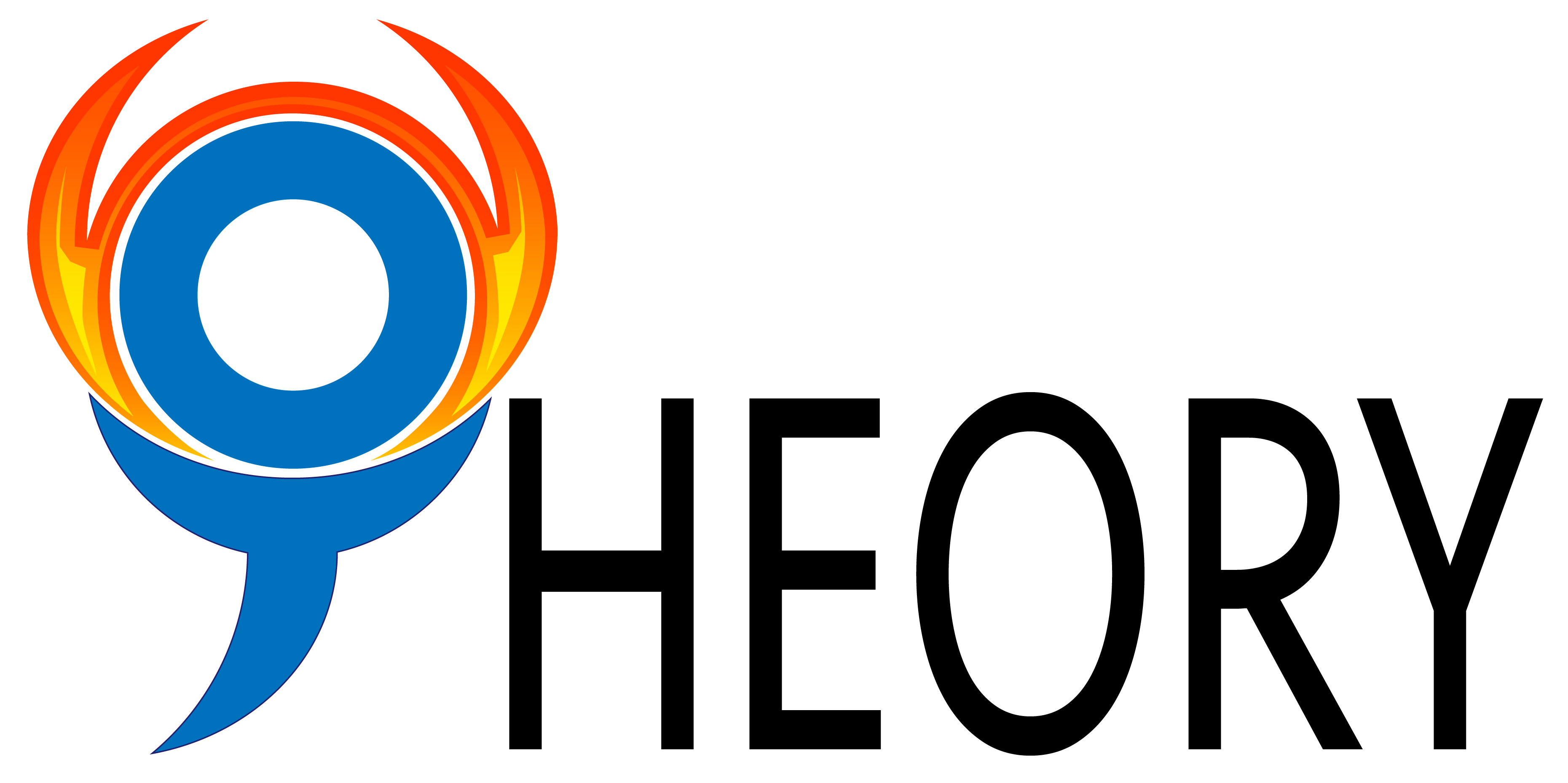The Model of Co-Occupation suggests that co-occupation is characterized by shared physicality, emotionality, and intentionality in an occupation with another person(s). Co-occupation is an occupation involving other person(s), which is interactive and responsive. Some examples are that students work together on a project or a mother puts her infant to the bed. Solitary occupations do not involve another person(s); some examples are ADL activities or playing solitaire. Three aspects of co-occupation include shared physicality (e.g., physical support), shared emotionality (e.g., enjoyment), and shared intentionality (e.g., getting to and enjoying an event). The overall experience provides a sense of meaning to the participating individuals. There are three theoretical propositions of co-occupation:
- There is a spectrum of co-occupations, each characterized by unique shared physicality, emotionality, and intentionality,
- The nature can be understood through qualitative and/or quantitative means,
- Impairment or disability across lifespan may influence how co-occupation is manifested.
Essential occupations (e.g., breast feeding) are primarily characterized by high degree in one of the three aspects with the other two present to some degree. Complex co-occupations (e.g., teamwork on a shared goal) are characterized by high involvement of all three aspects. Qualitative methods can be used to develop co-occupational theory. Case studies can be used to demonstrate in-depth analysis of an experience. Narrative storytelling and analysis can be used to add the temporal dimensions of co-occupations. Quantitative methods including experience sampling method and other behavioral analysis software are used to explore the construct of experience and compare co-occupational and occupational performance. The relationship between impairment or disability and engagement in co-occupation is reciprocal. Disability or impairment may affect the nature of co-occupational performance of the individuals.
Summarized by
- Macey Cho
Type
- Model (conceptual)
Population
- Child
- Adolescent
- Adult
- Elderly
Disability
- All
Domain of occupation
- Unspecified
Application Note
It emphasizes on the aspects of co-occupation, its complexity, and relations to disability.
Key Reference
Pickens, N. D., & Pizur‐Barnekow, K. (2009). Co‐occupation: Extending the dialogue. Journal of Occupational Science, 16, 151-156.
Year Published
- 2009
Primary Developer
- Noralyn Pickens and Kris Barnekow
